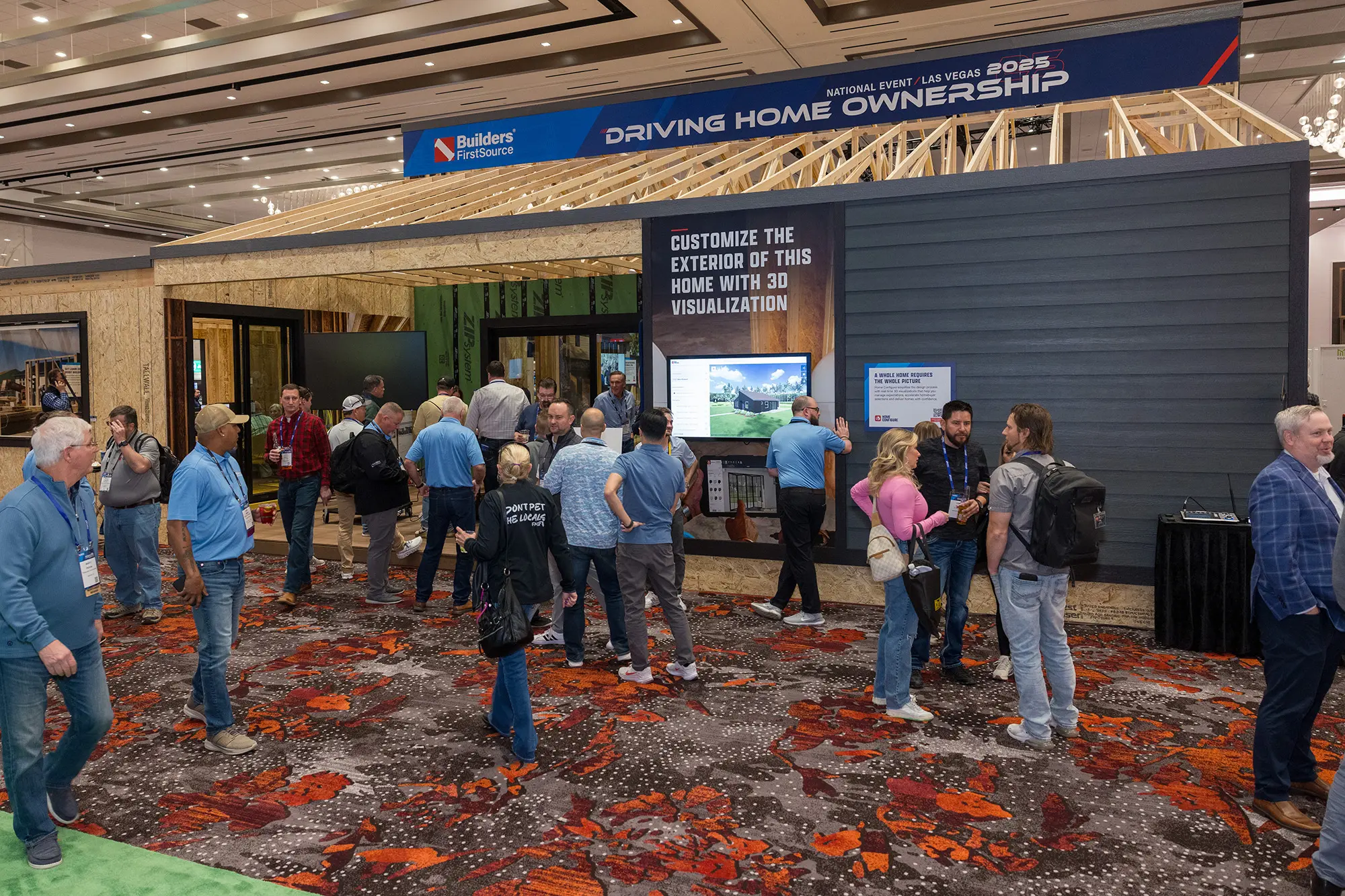Corporate events are a significant investment, and capturing them effectively through video and photography ensures lasting value. Whether it’s a conference, trade show, product launch, or gala, high-quality visuals can be used for marketing, branding, and internal communications. Here are essential tips for corporate event planners considering video and photography coverage.
1. Define Your Goals
Before hiring a video or photography team, identify the purpose of the coverage. Are you creating promotional material, internal training content, or social media highlights? Understanding your goals helps shape the shot list and production style.
2. Choose the Right Team
Not all videographers and photographers specialize in corporate events. Look for professionals with experience in business events, especially those who can handle fast-paced environments, low-light conditions, and branding needs. Review their portfolio, check references, and discuss expectations in detail.
3. Plan Your Shot List
Work with your video/photo team to outline must-have shots, such as:
- Speaker presentations and keynote addresses
- Panel discussions and audience engagement
- Candid networking moments
- Branded signage and sponsor exposure
- Team interactions and behind-the-scenes footage
A detailed shot list ensures nothing important is missed.
4. Consider Multi-Camera Coverage
For large-scale events, a multi-camera setup captures different angles, improving production quality. This is especially useful for keynote speeches, panel discussions, and live-streamed events. Multiple perspectives create a dynamic and engaging final product.
5. Optimize for Social Media
Corporate events provide great content for social media marketing. Request short highlight videos, vertical clips, and high-resolution images that can be used across LinkedIn, Instagram, and company websites. Real-time event updates can also boost engagement.
6. Ensure Good Lighting and Audio
Lighting can make or break event visuals. Work with your venue and production team to ensure proper lighting for speakers, panels, and interviews. For video, clear audio is essential—consider using wireless microphones or lapel mics to capture crisp sound.
7. Plan for Interviews and Testimonials
Capture client or attendee testimonials to enhance your post-event marketing. These short, engaging videos can add credibility and provide valuable content for future promotions. Plan a quiet, well-lit area for interviews.
8. Understand Post-Production Needs
Discuss the turnaround time for final edits, whether you need raw footage, a polished highlight reel, or both. Clarify branding elements, like logos, lower-thirds, and captions, to ensure consistency with your company’s messaging.
9. Budget Accordingly
Video and photography services vary in price based on coverage hours, crew size, and editing complexity. Get multiple quotes, but remember that quality matters—cutting corners can result in subpar content that doesn’t reflect your brand well.
10. Secure Usage Rights
Clarify licensing and usage rights with your video and photography team. Ensure you can use the content across multiple platforms without restrictions.
Final Thoughts
Professional video and photography elevate corporate events beyond a one-time experience, providing valuable content for future marketing and engagement. With the right planning and execution, you’ll maximize the impact of your event coverage and create lasting assets for your brand.
























